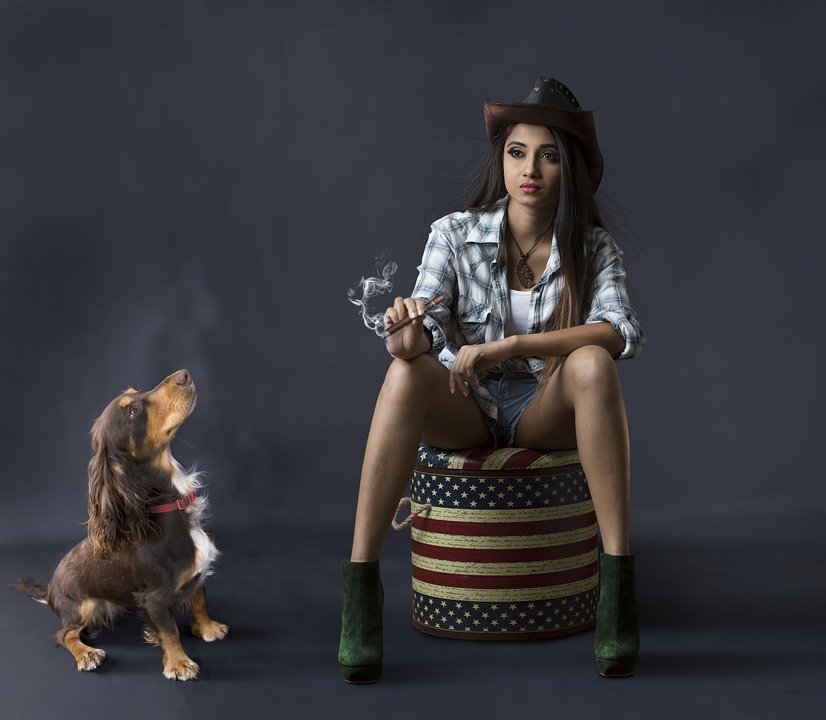Grooming plays a crucial role in maintaining the overall health and appearance of your furry friend. However, many dogs find the grooming process overwhelming and may exhibit signs of anxiety or restlessness. Fortunately, with the right training techniques and a little patience, you can teach your dog to be calm and relaxed during grooming sessions. In this article, we will explore effective methods to help your canine companion overcome grooming-related anxiety and enjoy a stress-free grooming experience.
Understanding Your Dog’s Behavior During Grooming
Before delving into the training methods, it’s important to understand why some dogs may become anxious or stressed during grooming. Several factors contribute to their unease, such as unfamiliar sounds, scents, sensations, and past negative experiences. By recognizing these triggers, you can tailor your training approach to suit your dog’s specific needs.
Creating a Positive Association with Grooming
One of the most effective ways to help your dog remain calm during grooming is by creating positive associations with the process. Start by gradually introducing grooming tools and activities in a relaxed and non-stressful environment. Use treats, praise, and rewards to reinforce good behavior and create positive associations. Here are some steps to follow:
1. Introduce grooming tools gradually: Start by allowing your dog to sniff and explore grooming tools, such as brushes, combs, and nail clippers. Reward calm behavior and gradually move on to the next step.
2. Desensitize to grooming sensations: Gently touch your dog with the grooming tools, mimicking the motions used during grooming. Begin with short sessions and gradually increase the duration. Reward your dog for staying calm and relaxed.
3. Associate grooming with positive experiences: Incorporate treats, praise, and rewards during grooming sessions to reinforce positive behavior. Offer treats intermittently or after completing specific tasks, such as standing still or allowing nail trimming.
Patience and Consistency are Key
Training your dog to be calm during grooming requires time, patience, and consistency. Remember that every dog learns at their own pace, so it’s important to remain calm and positive throughout the process. Here are some additional tips to help you achieve successful results:
– Start with short sessions: Begin with short grooming sessions and gradually increase the duration as your dog becomes more comfortable. This helps prevent overwhelming your dog and ensures a positive experience.
– Use positive reinforcement: Reward your dog with treats, praise, and playtime for exhibiting calm behavior during grooming. Positive reinforcement helps reinforce good behavior and encourages your dog to remain relaxed.
– Take breaks when needed: If your dog becomes anxious or restless during a grooming session, take a break and resume when they have calmed down. Forcing your dog to continue while stressed can create negative associations and hinder progress.
– Seek professional help if necessary: If your dog’s anxiety persists despite consistent training efforts, consider consulting a professional dog trainer or a veterinary behaviorist. They can provide personalized guidance and develop a training plan tailored to your dog’s specific needs.
FAQs: Frequently Asked Questions
1. How long does it take to train a dog to be calm during grooming?
Training times may vary depending on your dog’s personality, past experiences, and the severity of their anxiety. It can take a few weeks to several months to achieve significant progress. Patience and consistency are key.
2. My dog becomes aggressive during grooming. What should I do?
If your dog displays aggressive behavior during grooming, it’s crucial to prioritize safety. Seek professional help from a qualified dog trainer or behaviorist who can assess the situation and provide guidance to manage your dog’s aggression.
3. Can I use sedatives or calming products during grooming sessions?
Sedatives and calming products should only be used under the guidance of a veterinarian. They may be recommended in severe cases of anxiety, but it’s important to address the root causes of your dog’s anxiety through training and desensitization.
4. Should I groom my dog at home or seek professional grooming services?
The decision depends on your dog’s specific needs and your comfort level. Some dogs may be more relaxed in a familiar home environment, while others may benefit from the expertise of professional groomers. Consider your dog’s behavior and grooming requirements when making this decision.
Remember, grooming should be a positive and bonding experience for you and your dog. With consistent training, patience, and positive reinforcement, you can help your furry friend overcome grooming-related anxiety and enjoy a calm and stress-free grooming routine.









